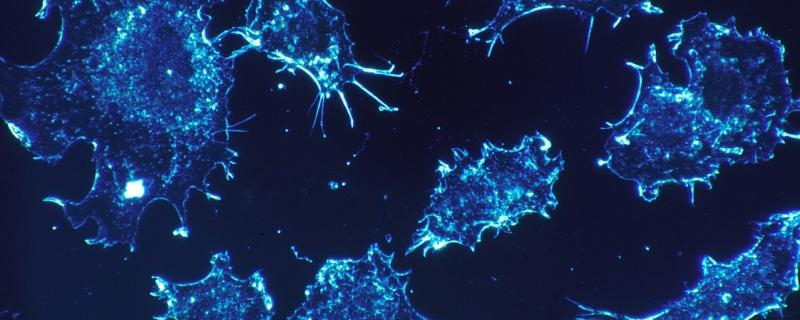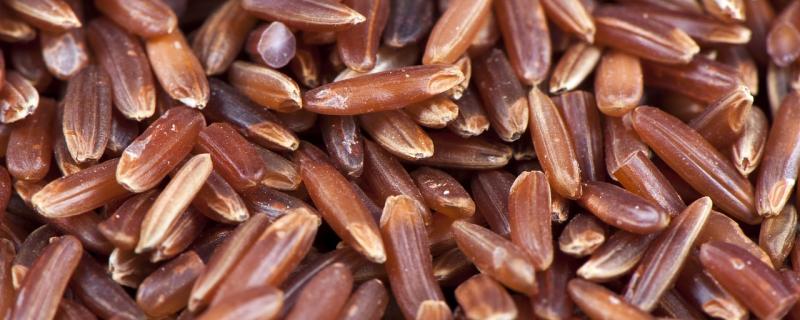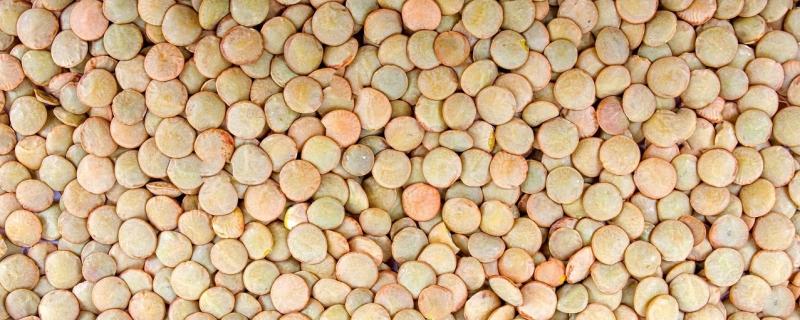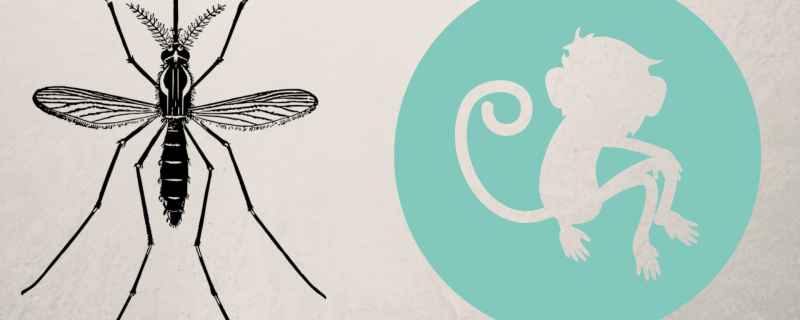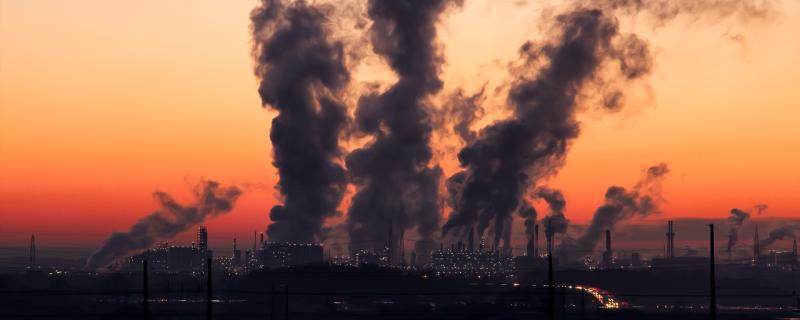Last week, the world enthusiastically awaited one of the year’s exciting announcements—the Nobel Prize in the fields of Physiology or Medicine, Physics, and Chemistry. First of them to be announced was the Nobel Prize in Physiology or Medicine, jointly awarded to James P. Allison, Professor at the University of Texas MD Anderson Cancer Center, USA, and Tasuku Honjo, Professor at Kyoto University, Japan. They were considered for this prestigious honour for their contributions to cancer therapy using our body’s immune system to attack cancer cells.
News
In a recent study published in the journal Scientific Reports, researchers from the Jawaharlal Nehru University, India, and Louisiana State University, USA, have analysed the differences in the genome of a variety of weedy rice, with that of two cultivated rice varieties. Weedy rice, as the name suggests, is a variety of rice that grows like weed in paddy fields.
Researchers from the ICAR-Indian Institute of Pulses Research, Kanpur, have recently identified parts of the DNA in lentils that are associated with flowering.
In a recent study, published in the journal Emerging Microbes & Infections, a multi-national team of researchers have traced the trail of the Zika virus from the forests of Africa to India and other Asian countries.
In a recent finding that could unveil a hitherto unknown function of the South Asian monsoon, researchers from Germany and Cyprus have described how the South Asian monsoon plays an active role in regulating the levels of pollutants in the atmosphere.
In a collaborative study, researchers from the USA, India and China detailed the health risks posed by the toxic emissions from power plants and their impacts on the mortality and life expectancy of people living in these countries.
Rice is the most widely consumed staple cereal in Asia and is the agricultural commodity with the third-highest worldwide production. Paddy fields are at the eye of a storm as they are a significant contributor of greenhouse gases (GHG) like methane that are known to contribute towards global warming. The warm, waterlogged soil conditions in rice fields promote the growth of microorganisms that release carbon-dioxide and transform it into methane. One way to manage this is by increasing the ability of the soil to store more organic carbon.
Researchers impress upon the importance of developing cardiovascular disease risk programs in India by utilizing survey data.
Cardiovascular diseases (CVDs)—diseases related to the heart and blood vessels—are the number one cause of death in the world. In India, CVDs account for close to 25% of the total deaths—higher than tuberculosis and respiratory diseases combined, which are second and the third cause of death.
Diabetes, a chronic condition, is the fastest growing disease in India, affecting about 49% of our population.
